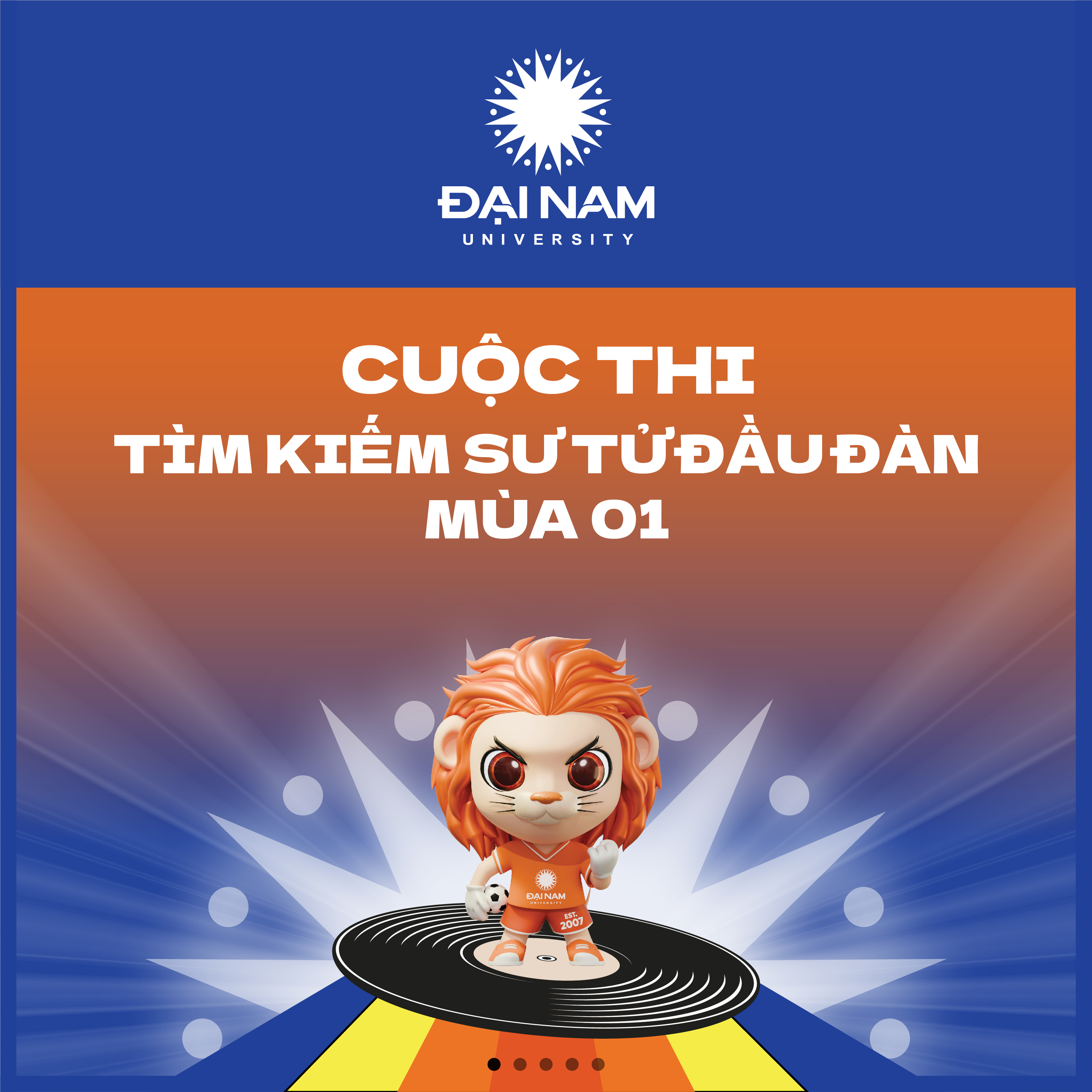Datura is a poisonous plant.
Posted date 30/03/2018
8.215 view

In recent years, the online press has reported many cases of poisoning from the “Dalat Lily” flower. Some people have been poisoned by eating vegetarian hotpot with Da Lat Lily flowers, or have lost money due to hallucinogenic substances extracted from this flower. So what is the “Dalat Lily” flower? and how toxic is it?
Associate Professor, Dr. Tran Cong Khanh
In recent years, the online press has reported many cases of poisoning from the “Dalat Lily” flower. There have been people who have been poisoned by eating vegetarian hotpot with Da Lat Lily flowers, or have lost money due to hallucinogenic substances extracted from this flower . So what is the “Dalat Lily” flower? and how toxic is it?
The flower "Dalat lily" is also called "Dastritic nightshade", scientific name is Brugmansia suaveolens (Willd.) Bercht. et Presl, family Solanaceae. This plant originates from South America (Colombia, Mexico, Peru), but is grown as an ornamental plant in many tropical countries. In Colombia, this plant is called "hypnotic" plant, or "devil's breath" flower, a plant used by criminals to anesthetize or create hallucinations, temporarily losing consciousness of victims when they intend to rob, traffic people, etc. Currently, Dastritic nightshade is being grown as an ornamental plant quite popularly in Vietnam, in high and cool areas such as Da Lat (Lam Dong), Bac Yen (Son La) and some other places.
This is a perennial shrub, with a woody stem base, 3-5m high. Large leaves grow alternately, are broadly diamond-shaped, 15-20cm long or more, about 15cm wide, the base of the leaf blade is uneven, and the tip is pointed. Large flowers, hanging down , have a continuous corolla, are trumpet-shaped (hence the name "Dalat trumpet flower"), 25-30cm long, usually pink, orange-red, yellow, or white, fragrant, especially at night. Stamens are attached to the corolla tube. The capsule is smooth, 7-10cm long. Seeds are flat at both ends, and brown. The plant flowers almost all year round.
In recent years, the online press has reported many cases of poisoning from the “Dalat Lily” flower. There have been people who have been poisoned by eating vegetarian hotpot with Da Lat Lily flowers, or have lost money due to hallucinogenic substances extracted from this flower . So what is the “Dalat Lily” flower? and how toxic is it?
The flower "Dalat lily" is also called "Dastritic nightshade", scientific name is Brugmansia suaveolens (Willd.) Bercht. et Presl, family Solanaceae. This plant originates from South America (Colombia, Mexico, Peru), but is grown as an ornamental plant in many tropical countries. In Colombia, this plant is called "hypnotic" plant, or "devil's breath" flower, a plant used by criminals to anesthetize or create hallucinations, temporarily losing consciousness of victims when they intend to rob, traffic people, etc. Currently, Dastritic nightshade is being grown as an ornamental plant quite popularly in Vietnam, in high and cool areas such as Da Lat (Lam Dong), Bac Yen (Son La) and some other places.
This is a perennial shrub, with a woody stem base, 3-5m high. Large leaves grow alternately, are broadly diamond-shaped, 15-20cm long or more, about 15cm wide, the base of the leaf blade is uneven, and the tip is pointed. Large flowers, hanging down , have a continuous corolla, are trumpet-shaped (hence the name "Dalat trumpet flower"), 25-30cm long, usually pink, orange-red, yellow, or white, fragrant, especially at night. Stamens are attached to the corolla tube. The capsule is smooth, 7-10cm long. Seeds are flat at both ends, and brown. The plant flowers almost all year round.
.png)
Figure 1 and 2: Datura ( source: TC Khanh )
Like other species in the genus Brugmansia , the whole plant of Datura contains tropane alkaloids such as hyoscyamine, atropine, scopolamine and an alkaloid unique to this plant, cuscohygrine. The alkaloid content increases when the plant flowers, especially the active ingredient is concentrated in the flowers and seeds.
Belladonna is a poisonous plant. When poisoned by this plant, the victim will have dilated pupils, blurred vision, rapid heartbeat, bronchospasm and decreased secretions, causing the victim to feel dry lips and throat to the point of being unable to speak or swallow. The poison affects the central nervous system, causing hallucinations and delirium. Severe poisoning will lead to paralysis, coma and death.
However, if used properly and in controlled doses, the active ingredient of this plant has antispasmodic and anti-asthmatic effects (the leaves and flowers are chopped, dried, rolled up and smoked to treat asthma). For external use, boil the concentrated juice of this plant, mix with lard to treat burns, inflammation and hemorrhoids. Crushed leaves are applied to treat joint pain, wounds, and Parkinson's disease. In Latin America, the leaves of this plant are used externally to treat rashes and boils. In the Amazon region, this plant is used in magic, divination, charms and hallucinations. In Colombia, it is said that the scent of this flower brings deep sleep and vivid dreams. In Peru, people who slept under the flowering Datura plant went crazy.
Although it has beautiful and fragrant flowers, this plant should not be grown as an ornamental plant. Where it is grown, it should be cut down to avoid danger to people, especially children. Local authorities and health agencies should take measures to manage this dangerous poisonous plant like managing addictive plants (Opium, Hemp, or Marijuana).
Note : It is necessary to distinguish Datura ornamentale from plants with confusing names:
1. Datura metel L. is a medicinal plant, scientific name is Datura metel L., family Solanaceae. The plant grows wild and is cultivated in Vietnam, Laos and Cambodia. The flowers of the Datura metel plant are also trumpet-shaped, but do not hang down.
Belladonna is a poisonous plant. When poisoned by this plant, the victim will have dilated pupils, blurred vision, rapid heartbeat, bronchospasm and decreased secretions, causing the victim to feel dry lips and throat to the point of being unable to speak or swallow. The poison affects the central nervous system, causing hallucinations and delirium. Severe poisoning will lead to paralysis, coma and death.
However, if used properly and in controlled doses, the active ingredient of this plant has antispasmodic and anti-asthmatic effects (the leaves and flowers are chopped, dried, rolled up and smoked to treat asthma). For external use, boil the concentrated juice of this plant, mix with lard to treat burns, inflammation and hemorrhoids. Crushed leaves are applied to treat joint pain, wounds, and Parkinson's disease. In Latin America, the leaves of this plant are used externally to treat rashes and boils. In the Amazon region, this plant is used in magic, divination, charms and hallucinations. In Colombia, it is said that the scent of this flower brings deep sleep and vivid dreams. In Peru, people who slept under the flowering Datura plant went crazy.
Although it has beautiful and fragrant flowers, this plant should not be grown as an ornamental plant. Where it is grown, it should be cut down to avoid danger to people, especially children. Local authorities and health agencies should take measures to manage this dangerous poisonous plant like managing addictive plants (Opium, Hemp, or Marijuana).
Note : It is necessary to distinguish Datura ornamentale from plants with confusing names:
1. Datura metel L. is a medicinal plant, scientific name is Datura metel L., family Solanaceae. The plant grows wild and is cultivated in Vietnam, Laos and Cambodia. The flowers of the Datura metel plant are also trumpet-shaped, but do not hang down.
.png)
Figure 3: Belladonna plant ( source: Internet )
2. Lilium longiflorum Thunb., Liliaceae family, is a herbaceous plant with a bulb consisting of many scales, alternately arranged, lanceolate leaves, parallel veins. The flowers are white, grow in clusters, and are horizontal when blooming; the perianth is funnel-shaped, or trumpet-shaped, consisting of 6 separate pieces; 6 stamens, dorsally attached anthers.
.png)
Figure 4: Lily flower ( source: Internet )
Latest article
View all Posts
Related articles
See all related Articles
Register for admission consultation 2025
Dai Nam University offers admissions to
36 academic programs
across a diverse range of disciplines, including Healthcare, Engineering and Technology, Economics and Business, and Social Sciences and Humanities.
Register now to secure
scholarships and tuition support worth up to 55 billion VND
scholarships and tuition support worth up to 55 billion VND

Register now to secure
scholarships and tuition support worth up to 55 billion VND
scholarships and tuition support worth up to 55 billion VND









